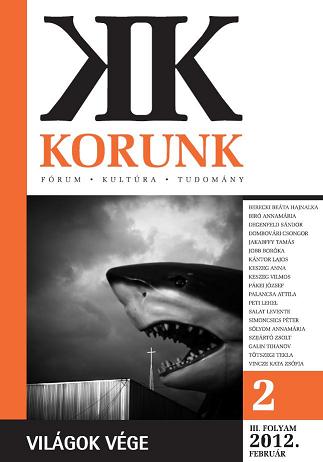
Keywords: essay; politics; USA; financial crisis; global problems
Short essay on the political situation and resposibilities of the United States in a global political context.
More...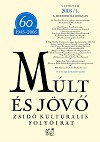
Andrea Dunai's study deals with German compensation and Communist authorities and how the latter began the falsification of Holocaust history and the devaluation of compensation.
More...
Civil Society was on the forefront of democratic opposition programmes and discussions during the eighties within the Eastern Bloc, and had a longer lasting influence also on Western social science discourses. Students of civil society need to reflect the issues and changing meanings of the concept during this development, coming from Communist dictatorship and leading to the EU-accession of most former Communist Countries of Eastern and Central Europe. The analysis of East Central European states is actually reduced on Poland, Hungary, and Czech-Slovakia- produced ambivalent tendencies towards civic engagement and civil society in post- communist democracies. The author tries to refer mainly to examples of the Hungarian development, which have some more general meaning for the sub-region with specific outlook on EU-Accession. To sum up relevant pre-communist traditions for recent developments of civil society in Eastern and Central Europe, there is an ambivalent relationship between democratization, civilization and of nation-building in this region. The emancipation from Soviet influence in 1988-89, and dissolution of Soviet Empire opened political space for the reconstruction of national sovereignty and to develop civil society and democracy in former Soviet-dominated states. The liberation from Soviet rule, and institutionalization of new constitutional structures was a “national” and „democratic” as well as „civic” issue. National unity, democracy and civic engagement of the civil society are reaffirmed and resurrected in post-communist politics as former neglected factors. In this “renaissance” in Eastern Europe, there are very different political traditions and tendencies awakened and reconstructed. Their relationship to the values of civil society, pluralist democracy and human rights is sometimes overshadowed by anti-modernist and traditionalist orientations. Parallel to the tendency of stressing sovereignty of the nation-state and nation as ultimate values and actors of political universe, the political elite of new, post-communist democracies wish to join to Western European and North- Atlantic economic-political integration, to European Union and NATO.Paradoxically, the same political forces, which preach national engagement, and rebuilding of nation-state , plea for European integration as a precondition of stabilization of democracy and modernization of economic system. The new Eastern European nations all aim membership in the European Union. But this membership, which requires high level of „civicness” and the same time involve limits of sovereignty of its member states, contradicts with the traditions of nation states in Eastern Europe. The European Union is the symbol of modernity, democracy and civic culture for East Europeans, the European Civil Society is a challenge for all of them. What are the distinctive features of the development of civil society and engagement between the East and the West in Europe? [...]
More...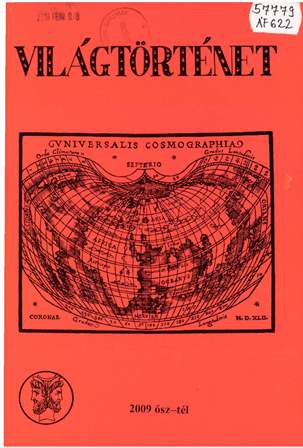
Book review: Sashalmi Endre (szerk.): „Kelet-Európa és a „Balkán", 1000-1800. Intellektuális történeti konstrukciók vagy valós történeti régiók?
More...Hungary is often viewed as Russia’s new Trojan horse in the European Union owing to its deepening relations with Russia as part of its “Eastern Opening” policy, its increasing energy proximity and strong opposition to the EU sanctions. This article briefly outlines Hungary’s “Eastern Opening” policy in the Russian context and then analyzes whether the Trojan Horse observation is correct by discussing how Hungary’s trade and energy relations with Russia have evolved. It goes on to look at the Paks-2 deal and Hungarian reactions to the sanctions regime before concluding that by signing the Paks-2 deal, the Orbán government drove Hungary to a point at which the Russian side of its foreign policy came into unavoidable conflict with its relations within the EU. If the deal is set in motion, Hungary risks being tied to Moscow’s orbit and thus becoming its Trojan Horse.
More...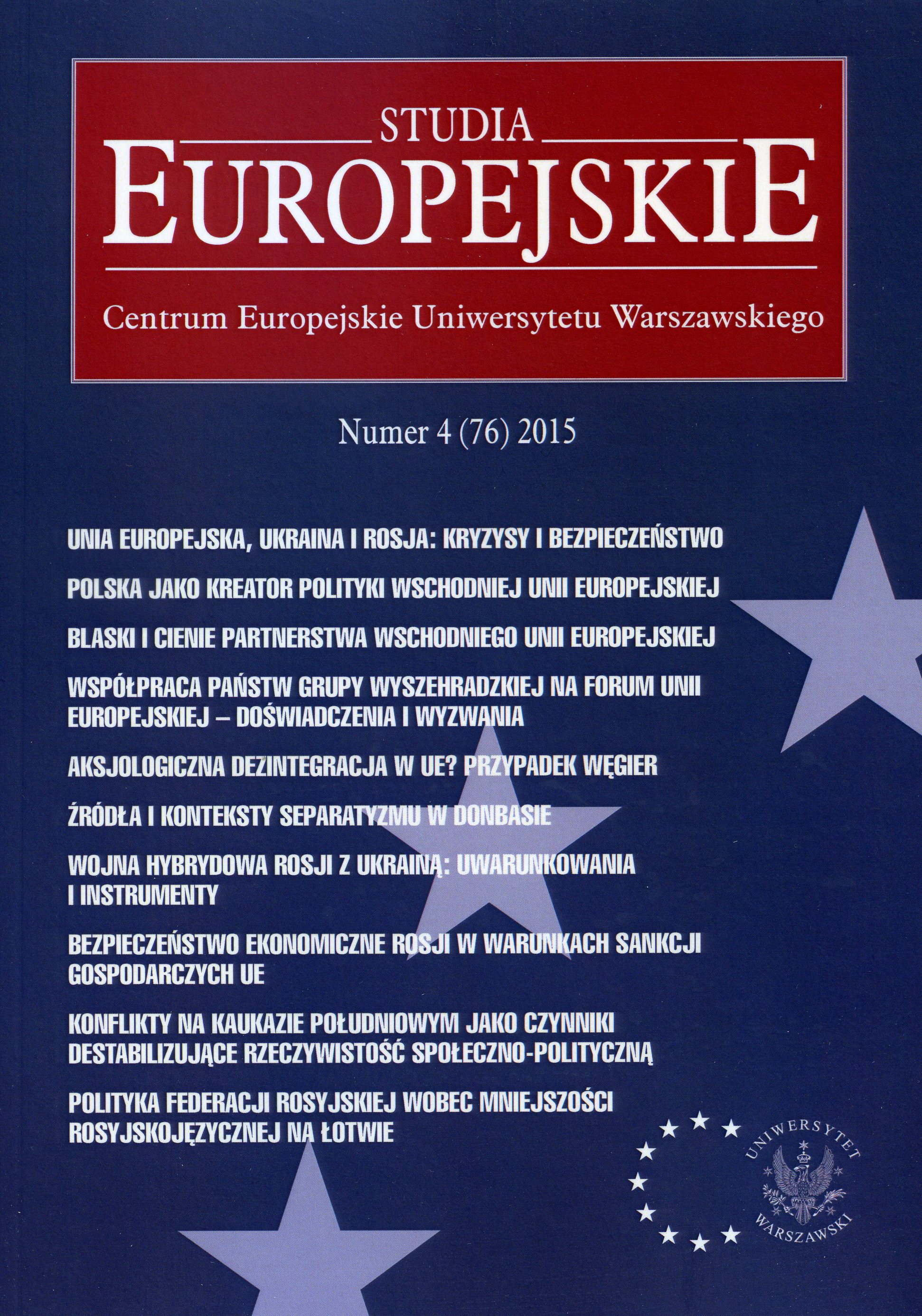
Keywords: Hungary; European Union; axiology; integration; disintegration of Yugoslavia; liberalism
Hungary since 2010 has entered into the new chapter in its history, described on domestic scene as the „era of fight for freedom”, of national independence (from any foreign diktat) and „unorthodox economy”, which led also to the „opening to the East” (including China and Russia). Even the unquestioned leader of the State, prime minister Viktor Orbán confirmed, that this is „an illiberal system”, moving eversince further and further away from liberal democracy established in 1990. The author of this study, using mainly Hungarian and Hungarian language sources, is trying to describe, what is the essence of the new system, how it works and looks like. This Hungarian case study seems to be import_ant, as it shows yet another challenge on the road of European integration, with so many other obstacles recently. Is the new Hungarian system a showcase for the others in the region, and the whole EU? No one knows the answer, but it is the highest time to know, how the Hungarian system is looking from the inside, after withdrawal from the principles of the rule of law, liberal democracy and the separation of powers, or checks and balances.
More...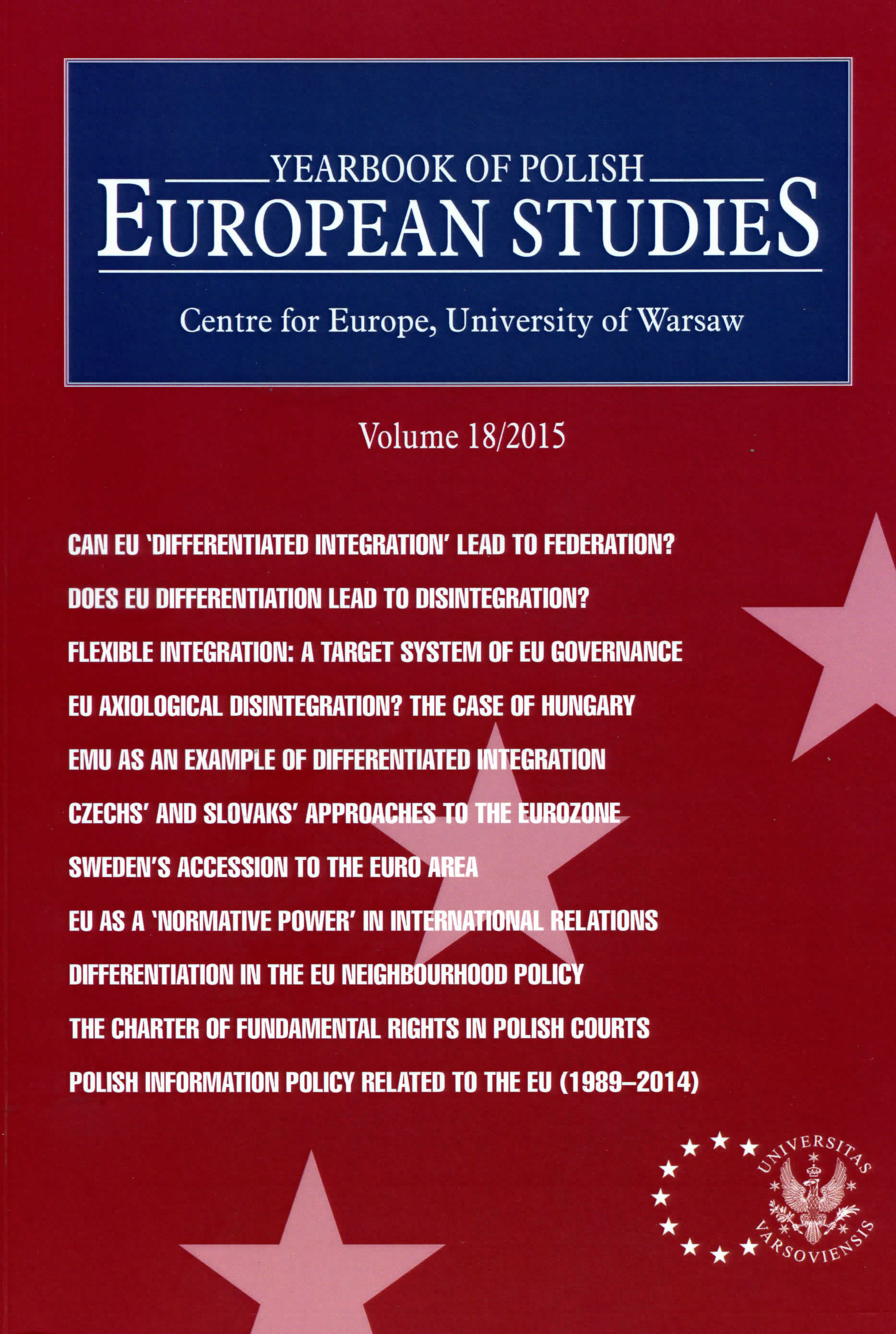
Keywords: Hungary; EU; axiology; integration; disintegration; liberalism; illiberal system
Hungary since 2010 has entered into the new chapter in its history, described on domestic scene as the „era of fight for freedom”, of national independence (from any foreign diktat) and „unorthodox economy”, which led also to the „opening to the East” (including China and Russia). Even the unquestioned leader of the State, prime minister Viktor Orbán confirmed, that this is „an illiberal system”, moving ever-since further and further away from liberal democracy established in 1990. The author of this study, using mainly Hungarian and Hungarian language sources, is trying to describe, what is the essence of the new system, how it works and looks like. This Hungarian case study seems to be import_ant, as it shows yet another challenge on the road of European integration, with so many other obstacles recently. Is the new Hungarian system a showcase for the others in the region, and the whole EU? No one knows the answer, but it is the highest time to know, how the Hungarian system is looking from the inside, after withdrawal from the principles of the rule of law, liberal democracy and the separation of powers, or checks and balances.
More...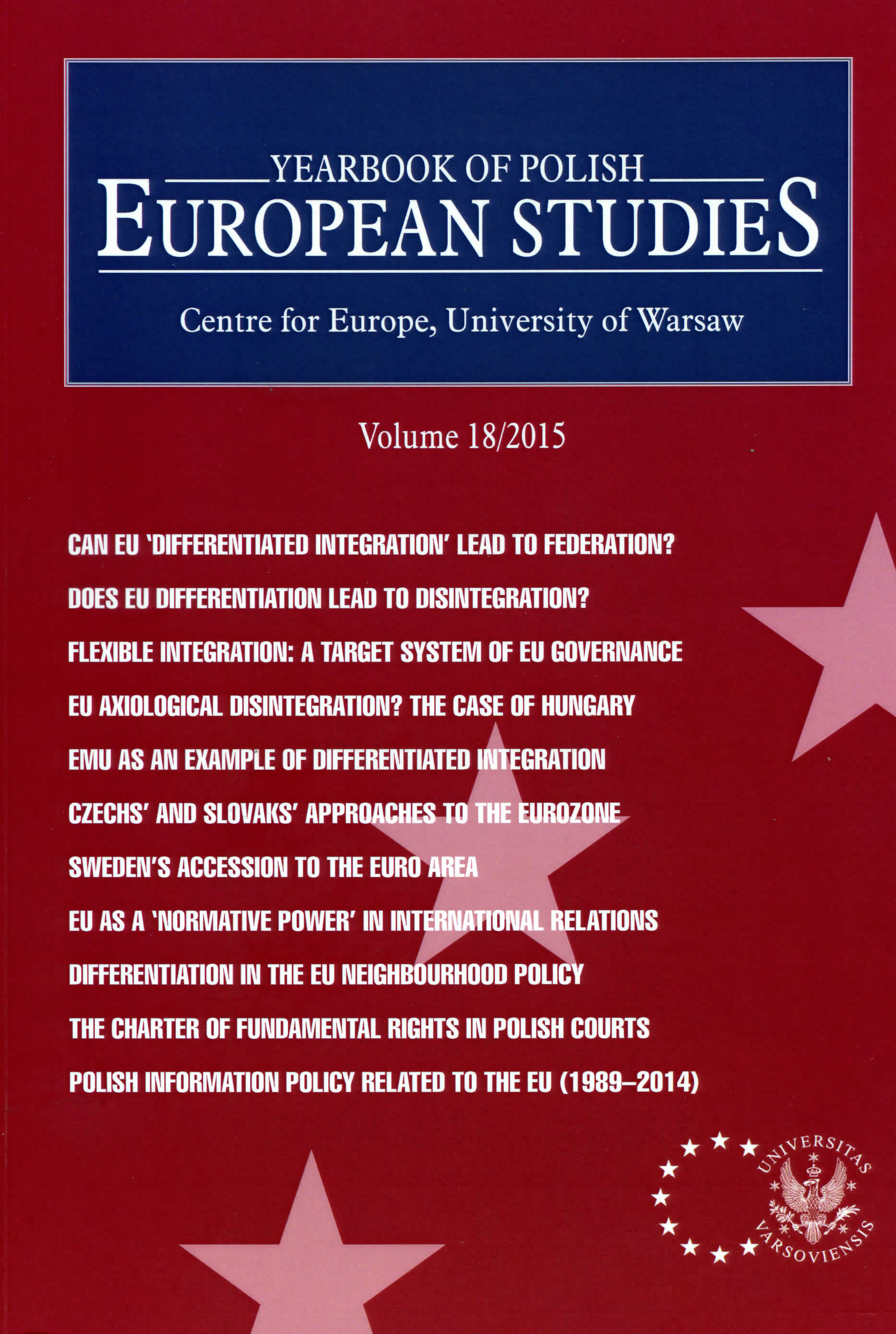
Keywords: Hungary; Illiberal system; Constitutional evolution, Checks and balances; Axiology system; European Integration
In 2010 Hungary entered a new chapter in its history, described on thedomestic stage as ‘the struggle for freedom’, the ‘age of national independence’ (from anyforeign diktat) and the ‘unorthodox economy’, which led also to its ‘opening to the East’ (including China and Russia). The unquestioned leader of the state, Prime Minister Viktor Orbán, even confirmed that this is ‘an illiberal system’, moving ever further andfurther away from the liberal democracy stablished in 1990. Using mainly Hungarian language sources (as only small part of the crucial material is available in English), this study tries to describe the essence of the new system, the way it works, and what it lookslike. The importance of this Hungarian case study lies in the fact that it constitutes yet another challenge on the path of European integration, along with so many other obstacles that have recently been occurring. Is the new Hungarian system a model for the others in the region and for the whole EU? No one knows the answer, but it is high time we examined what the Hungarian system looks like from the inside, after its departure fromthe rule of law, liberal democracy, and the system of checks and balances.
More...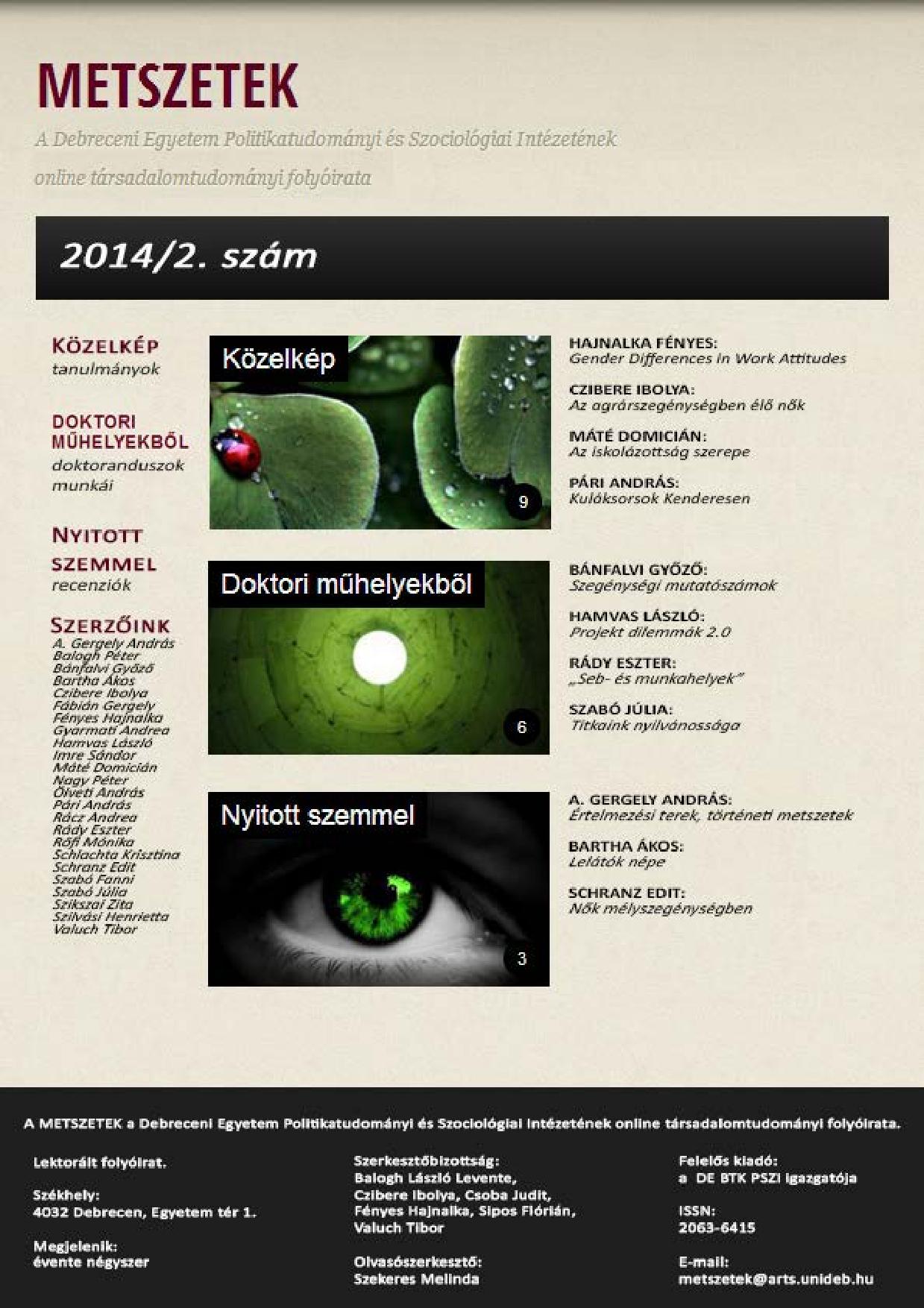
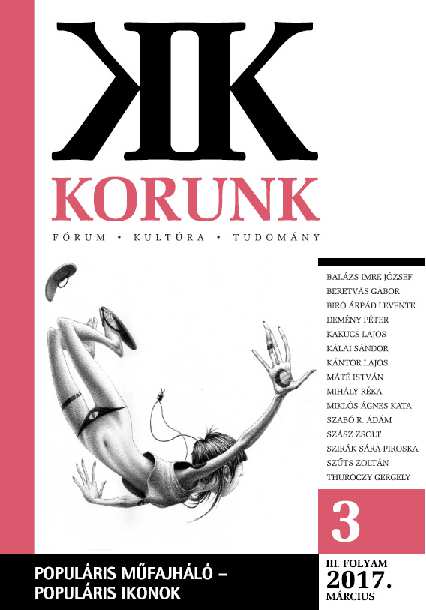
Keywords: Bud Spencer; Terence Hill; István Bujtor; Hungary; Kádár era; blue pencil; censorship; revoicing
In this study I look at the reasons behind the popularity of Bud Spencer movies in the Kádár era of Hungary, taking into account the censorship and the regime’s relationship to these works. I discuss the type of western view these movies communicated towards the „happiest barracks” in the socialist camp and the different layers of humor in these productions. The study separates the significance of the Piedone movies and Bud Spencer’s work together with Terence Hill. I also study the importance of the outstanding quality of Hungarian revoicing in the ’70s and ’80s. At the end I look at the similar works of the socialist Bud Spencer, István Bujtor.
More...Keywords: Belarus; economic geography; regional geography; privatization; neoliberalism; development alternative
Economic development of Belarus is very different compared to other post-socialist countries. It has not followed the neoliberal privatization/marketization model, the state still has a significant role in the country’s economy. The society has not faced a transformation recession, decline in living standards and increasing social gap specific to Central and Eastern European transition economies. The predicted economic collapse has not happened yet, moreover, during the 2000s Belarus was one of the fastest growing economies in Europe. The reason for that is very diverse, rooted in internal and external circumstances, ethnic, economic, geopolitical and social patterns of the country. Although the country has faced increasing number of risks and crises since 2010, they came from external causes, mainly because of the economic crisis in Russia. The country seems to react flexibly to these challenges.The author aims to interpret the Belarusian pathway firstly in the frame of global economic doctrines (neoliberalism and its criticism), secondly in the context of Central and Eastern European post-socialist economic transition, and thirdly in the light of the elements of the Belarus-specific framework. Statistical analysis using simple methods is added to the critical contrasting of different scientific views on the country. The study highlights al-so the latest trends in Belarus and the background of possible future scenarios.It is important to declare that this study is exclusively focusing on economy. The political and human rights issues have not been addressed.
More...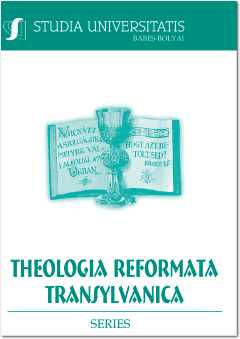
Keywords: Christianization of Hungarians; Eastern rite; Eastern monasteries in Hungary; Christianity at the time of the Hungarian settlement.
Rome or Byzantium?The Encounter of the Two Rites in the First Centuries of Hungarian Christianity. Historical sources prove that during the pre-conquest era the Byzantine mission had several impacts on Hungarians, which continued after their settlement in Pannonia as well. There are written sources on the existence of Byzantine Christianity only from the mid-10th century. The Gyula called Zombor has probably also gone to Constantinople in 953, his baptism being recorded by Ioannes Scylitzes as well. He returned home together with Hierotheos, a “proselytizing bishop”, whom Patriarch Theophylact of Constantinople (933–956) named “bishop of Turkey”, thus attempting to subject Turkey to his own authority.Due to the Christianizing activity of the bishop and his monks, Slavic-derived ecclesiastical words came into the Hungarian language with the help of the interpreters. Hierotheos lived in the court of Gyula, where he baptized his daughter, Sarolt and perhaps some of the courtiers. The hopeful mission was set back by the death of the old Gyula. History links taking up Western Christianity and Hungary joining the Western Christian states to Grand Prince Geza (ca. 972–997), the son of Grad Prince Taksony, and King Saint Stephen. The inflow of Western Christianity has not meant the suppression of the Eastern rite for a long time. This is also shown by the fact that we are aware of the existence of a series of Greek monasteries in Hungary in the time of King Saint Stephen and the following period.In the 11th–12th centuries, the two types of Christianity coexisted in Hungary in peace, the effects of the 1054 schism have not been felt in these centuries.The fast decline of the Eastern rite only started in the firstthird of the 13th century. One of the reasons was the formation of the Latin Empire of Constantinople in 1204, thus the Byzantine Latin Patriarchate was set up, which certainly weakened the position of the Greek Church in Hungary, and the other reason was the Fourth Council of the Lateran in 1215, which sought to place constraints on the Eastern rite.
More...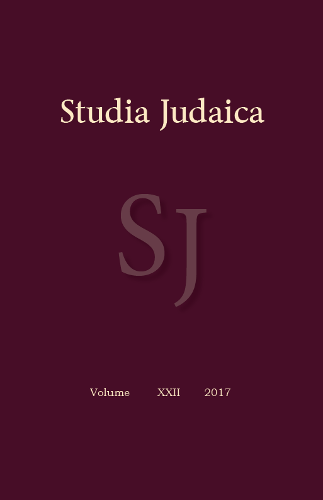
Keywords: anti-Jewish legislation;Cluj;interwar period;Hungarian newspapers;
In our study, we would like to show what information the citizens of Cluj had regarding the discrimination of the Jews in Hungary between 1940 and 1944. In order to do this, we will use the two main daily political newspapers of Cluj-Napoca: the Ellenzék and the Keleti Újság, because these were the basic news sources. After the Second Vienna Award (30 August 1940), the Ellenzék became the official newspaper of the sole Hungarian party in Transylvania (the Transylvanian Party-Erdélyi Párt). However, the Keleti Újság also held this position before the Award, and it remained as important as the Ellenzék. In order to achieve a clear image of the process of the anti-Jewish legislation and the way in which the official press in Cluj reflected on it, an examination of these newspapers is necessary. There are only a few studies published on this topic.
More...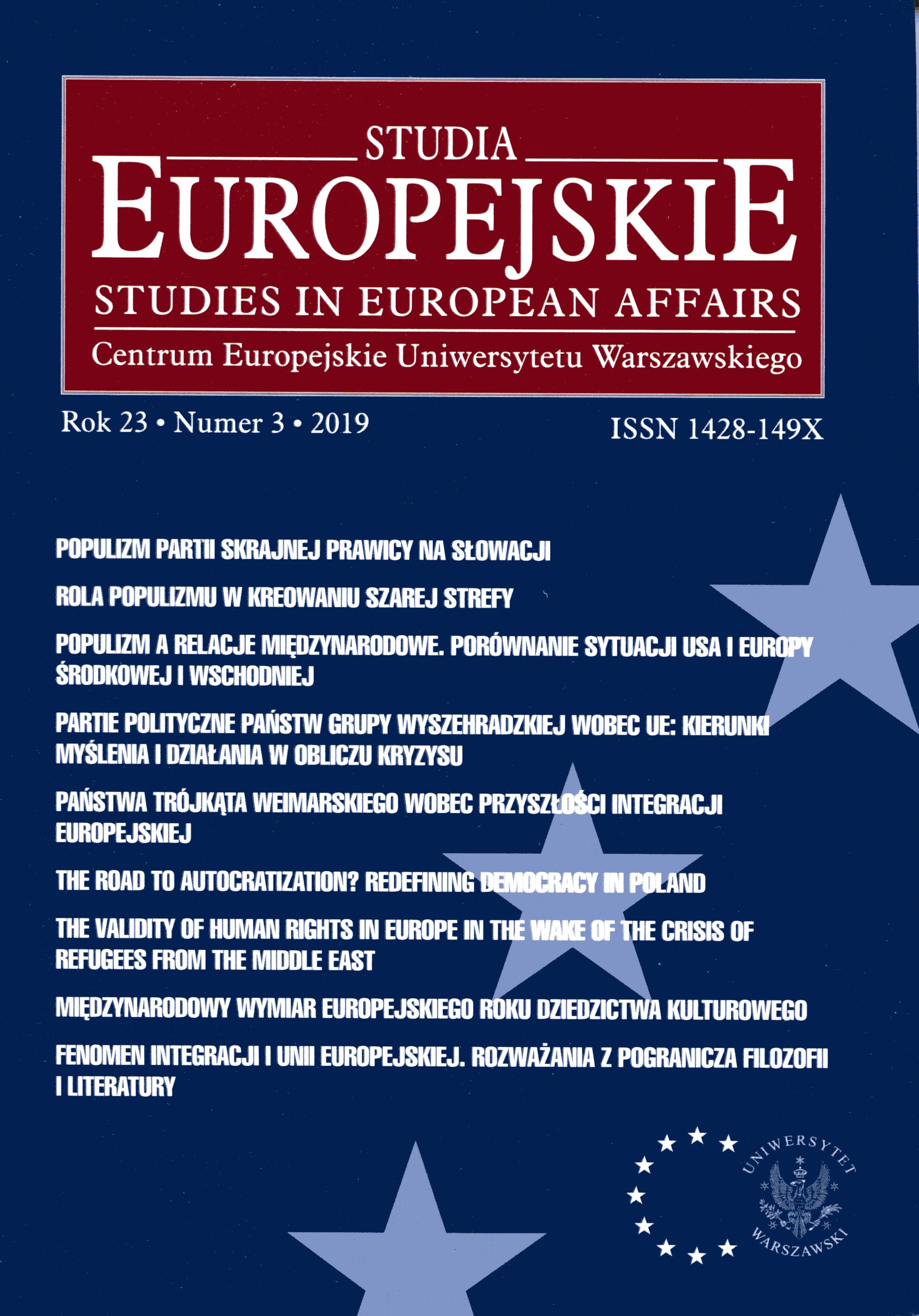
Keywords: Visegrad Group; European Union; European Integration; Regional Integration; Political Systems; Liberalism; Euroscepticism; National Trends;
Visegrad Group (V4) containing Czechia, Hungary, Poland and Slovakia, is one of the examples of regional cooperation within the European Union (EU). Recently V4 has shown some coherence in case of migrant wave to the EU, as well as presented unified position vis-à-vis climate change or leaders election in the EU. The Author has taken into consideration major political parties – both ruling and in the opposition – and their programs in all V4 countries and comes to following conclusions: 1. There is no coherence of V4, as Czech Republic and Slovakia are not ready to follow the footsteps of Hungary and Poland in creation of so called illiberal democracies. 2. All V4 countries are domestically highly polarized, with the exception of Hungary dominated by its charismatic leader Viktor Orbán. 3. Internalnstability cannot bring a cohesive and unifi ed voice of V4 in the EU in more coordinated way. 4. If V4 countries will constantly undermine the core system of values, or copenhagen criteria, of the EU, as Hungary and Poland is doing, combined with more and more problems with corruption, as all of them have, then un-famous East – West division line can reemerge in the EU and on the European continent leading to weakening of it on the global scene.
More...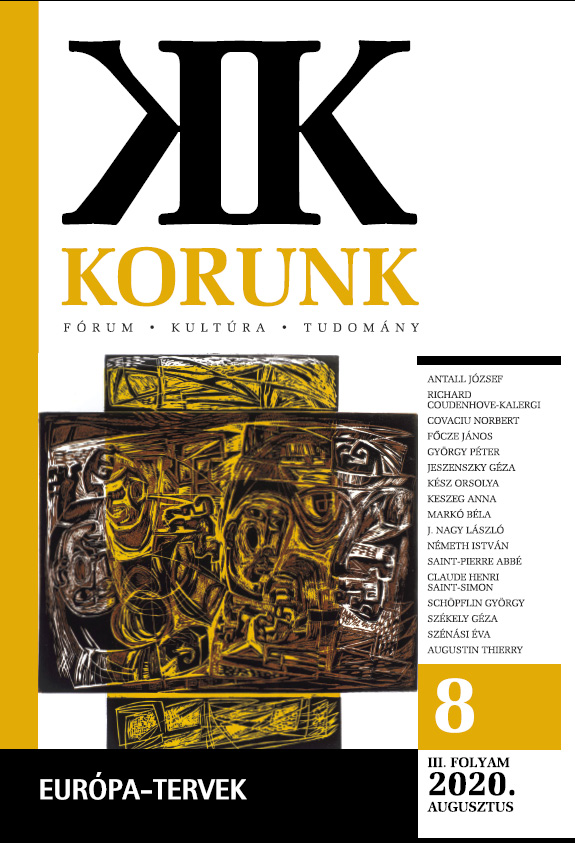
Keywords: Hungary; Antall-government; Europe
This essay, written by the foreign minister of the government under discussion (a historian by profession) recounts that by the adoption of Christianity in A. D. 1000 the Kingdom of Hungary became an integral part of what was called (until recently) Western Civilisation. During its defensive wars against the “pagan” Ottoman Empire it became a common theme among its inhabitants that they were a bastion (antemurale) of western Christianity – a notion held by many even today. Economic and political factors explain why the eastern half of Europe fell back in development, leading to a general desire to catch up with the advanced West. Communism, Fascism and Nazism seemed to offer an alternative, but by the 1950s they became thoroughly discredited. “Return to [Western] Europe” was the battle cry in Hungary and throughout Central Europe of the democrats who played an important part in the peaceful dismantling of the Iron Curtain and Communism in 1989/90. Free elections in Hungary in the following Spring led to the formation of a centre-right coalition led by József Antall and his Hungarian Democratic Forum. The government’s program centred upon integration with the European Community and its values. Antall’s memorable address to the Parliamentary Assembly of the Council of Europe in Budapest on the 30th June 1992 was a testimony to Hungary’s traditional dedication to the European ideals. There was a strong hope in Hungary then that in a united Europe the ill-treatment of people belonging to national minorities in the states neighbouring Hungary, amounting up to three million people, would come to an end.
More...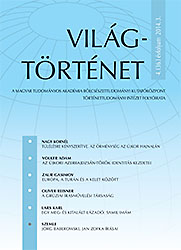
Keywords: redefinition of Azerbaijan’s cultural geography; Europe; Orient; Turan
Since the collapse of the Soviet Union, the Azerbaijani historians have been preoccupied with the redefinition of Azerbaijan’s cultural geography. They rethink the historical narratives of the Soviet era as well as the intellectual discourses of Azerbaijani émigré historians in Turkey, France and Germany. However, Europe, Orient and Turan still remain the key notion and categories which are characteristic for the post-Soviet debate on Azerbaijan’s cultural belonging.
More...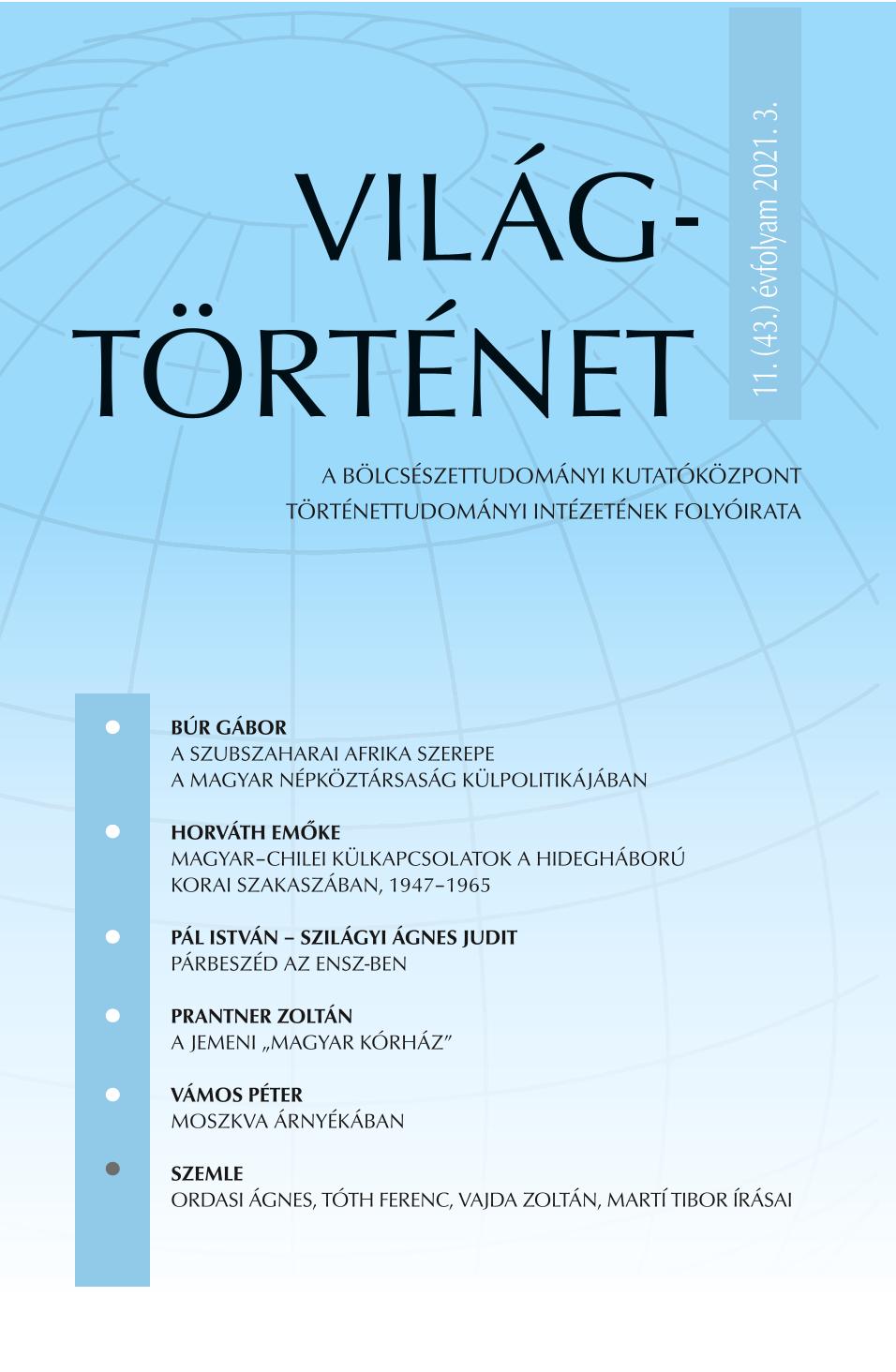
This paper aimed at providing a glimpse at the background negotiations between the late Hungarian People’s Republic and Costa Rica, the Central-American small state, that was taking place in UN Palace of New York. Zoltán Szilágyi who was a member of the Hungarian Permanent Mission to the UN and a co-optee of the state security tried to form and maintain a friendly relationship with Jose Louis Redondo deputy leader of the Costa Rican UNO-representation. The Ministry of External Affairs and III/I. (Intelligence) Directorate of the Ministry of Internal Affairs tried to exploit the potential Anti-American sentiments of Redondo in the hope of a later recruitment. The purpose of the latter would have been to reconnoiter the foreign policy of the Unites States toward Latin-America through the ‘backdoor’ at the Soviets requests and, on the other hand, to influence the Costa-Rican political sphere for the sake of an approach to Hungary and the Eastern Bloc in general.
More...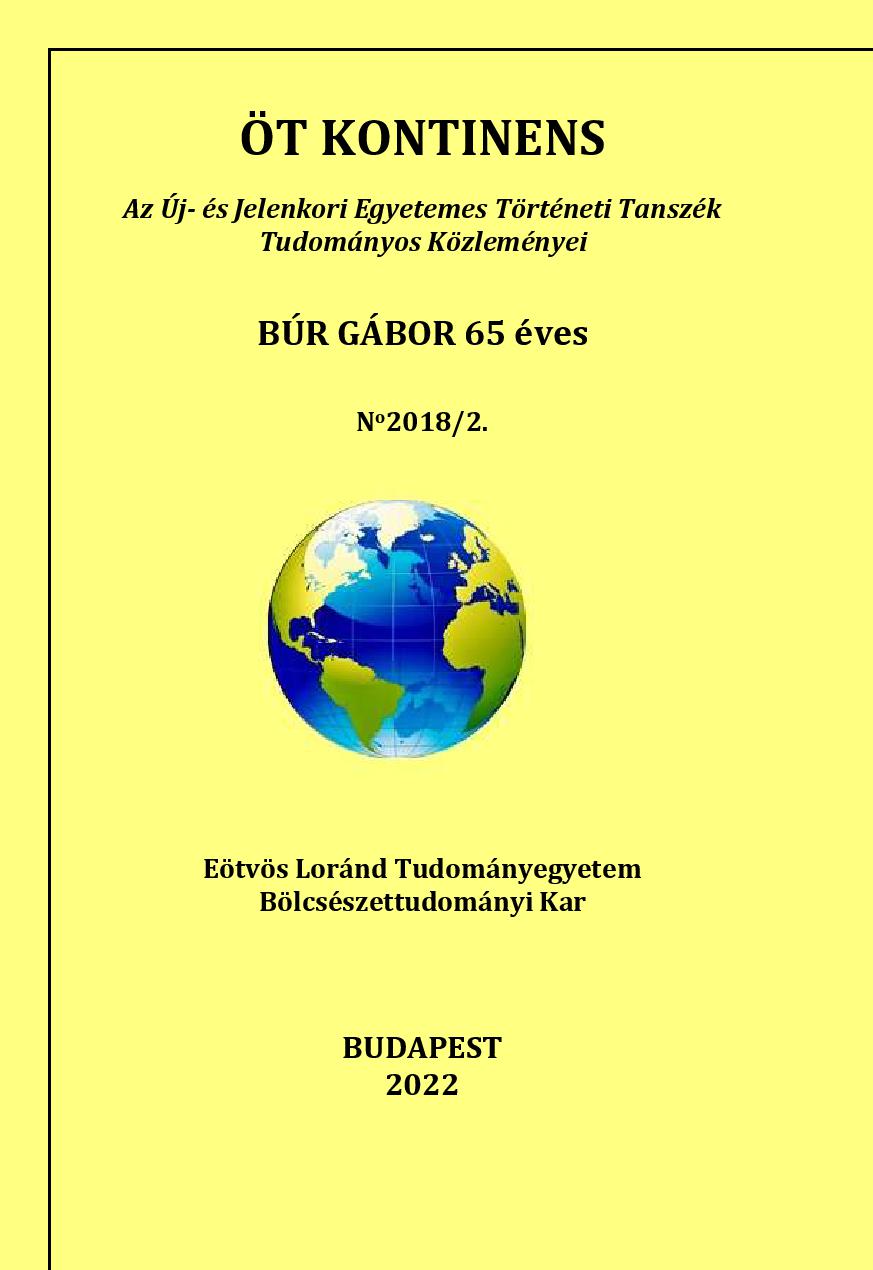
Keywords: Ahmet Davutoğlu; Turkish foreign policy; AKP; strategic depth; zero problem with neighbors;
The aim of this study is to briefly outline the last 20 years of the trans-formation of Turkish foreign policy. The key player in the period under review was Foreign Minister and then Prime Minister Ahmet Davutoğlu who had significant influence on the transformation of Turkish foreign policy thinking with the doctrine of strategic depth and the idea of „zero problem with neighbors”. This resulted in a new, more active foreign policy in Turkey, where Ankara already saw itself as a center power and began to pursue an increasingly determined, ambitious foreign policy
More...